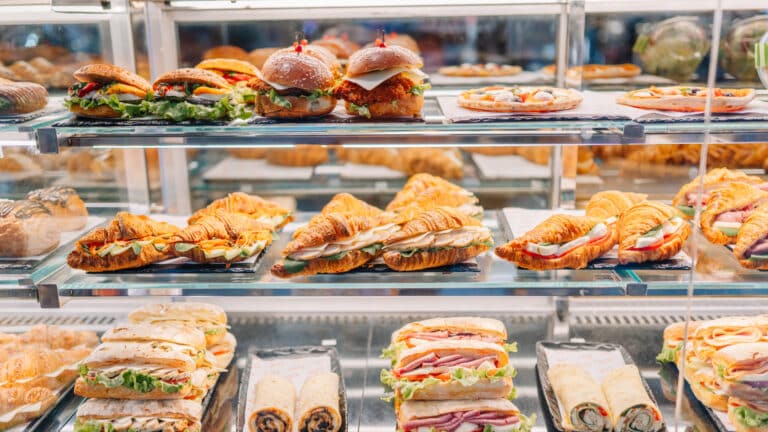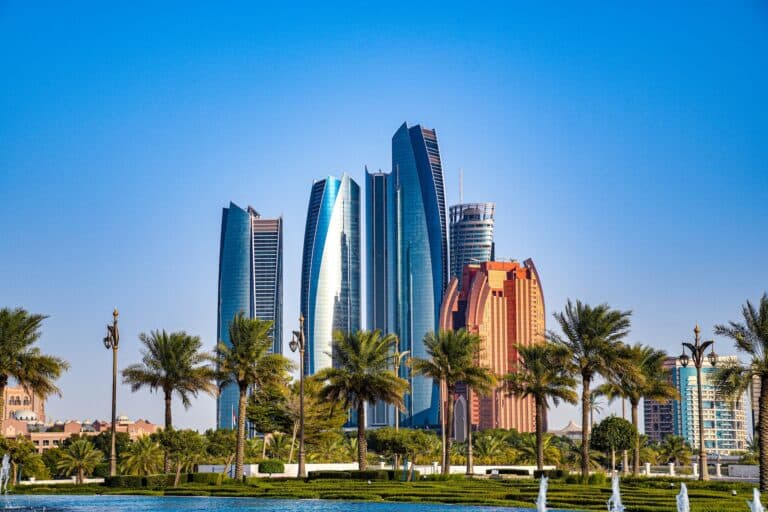The age of Cheap Energy Carriers is almost over in Kazakhstan. The government can postpone the price surge, not stop it completely.
The motor-fuel price freeze was one of the very first decisions by the new cabinet in Kazakhstan. The price ceiling for liquefied petroleum gas (LPG) that motorists use to fuel their vehicles has been determined in the range of $0.11-0.17 per liter. These prices will stay in place until July 2022 (180 days).
This new approach to LPG (the recent riot in the country was triggered by the liquid gas price surge) has also been applied to gasoline and diesel fuel. Within the next 180 days, the price for gasoline (80 RON) must be $0.20; 92 RON – $0.41; 95 RON – $0.49 and diesel fuel about $0.52-$0.59. Moreover, the government has also frozen utility prices for 180 days, including electricity and natural gas.
For one year the government won’t use the market mechanism of pricing of LPG.
All people who might be involved in an unreasonable increase of LPG prices in the Mangystau region, including Deputy Minister of Energy Zhumabay Karagayev and executives of electronic trading facilities, have been detained and remain in custody. During this year the Ministry of Energy has to develop an action plan on how to improve trading with LPG through electronic trading facilities/commodity exchange. There must be transparent mechanisms that prevent the sharp price surge.
The current policy of the government is quite clear as the price ceiling is going to stop consumer inflation and improve the social situation in the country. However, in the future there is no way the cabinet can avoid LPG and other energy carrier prices to be determined by the market. Of course, it would result in soaring prices for all these products.
The LPG price surge is likely to be the highest as consumers in Russia and Kyrgyzstan, two neighboring states to Kazakhstan, pay almost twice as much as Kazakhstanis ($0.17 per liter of LPG in Kazakhstan; $0.47 in Kyrgyzstan and $0.41 in Russia).
The situation on the gasoline market is also different; the difference between prices in Kazakhstan and its neighbors is about 50%.
The diesel fuel prices differ a little bit less – 20-25%. Natural gas and electricity in Kazakhstan are about 50% cheaper than in neighboring countries.
It is possible to keep the prices low if you have a lot of resources. However, it’s not the case for Kazakhstan, which loses loads of fuel as buyers from neighboring countries acquire tons of cheap LPG, diesel fuel and gasoline from Kazakhstan. The energy autarchy isn’t working.
The LPG price in Kazakhstan depends on subsidies from the national company KazMunaiGaz; gasoline and diesel fuel are supported at the expense of oil-producing companies. They have to supply oil to the local refineries below market price. In turn, the price for another energy carrier natural gas is based on supplies from the national company QazaqGaz. The cheap electricity in the country is a result of cross-subsidizing (businesses pay more than regular consumers) and the active usage of coal as a fuel for power stations.
However, almost all power stations in the country which rely on coal haven’t been modernized for years. As a critical element of the national economy, they have been obliged to not raise their tariffs. Moreover, they also cannot attract any investors due to Kazakhstan joined the global de-carbonization policy.
There are no extra resources in Kazakhstan to continue to stick to the status quo. That’s why the government desperately needs the medium-term plan of unfolding energy subsidies to the national economy while still supporting vulnerable groups of people and businesses. If Kazakhstan won’t do this painful but necessary move, it would be forced to do so in crisis mode.












